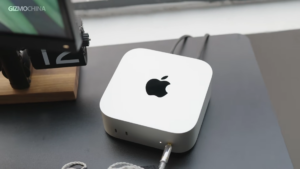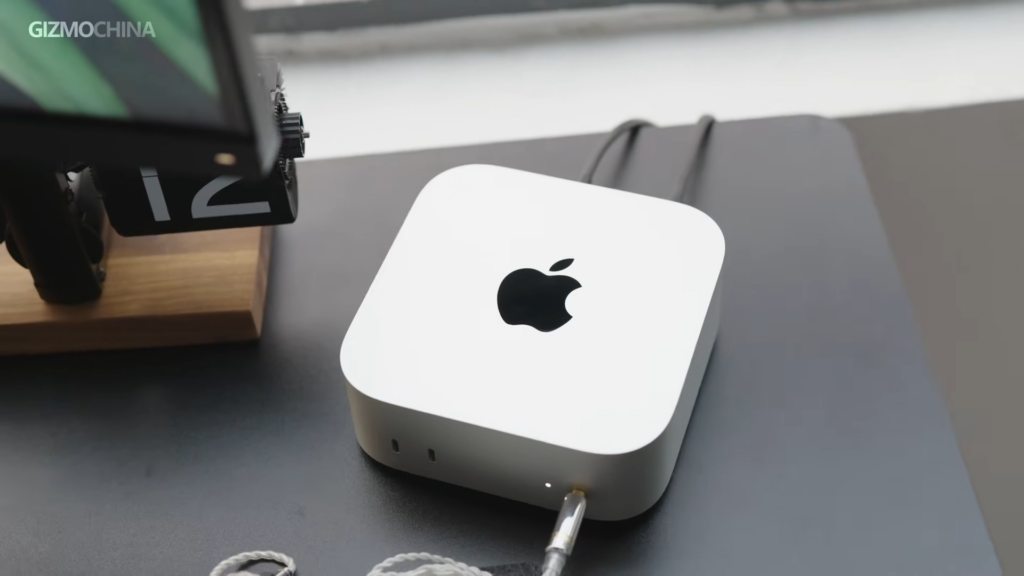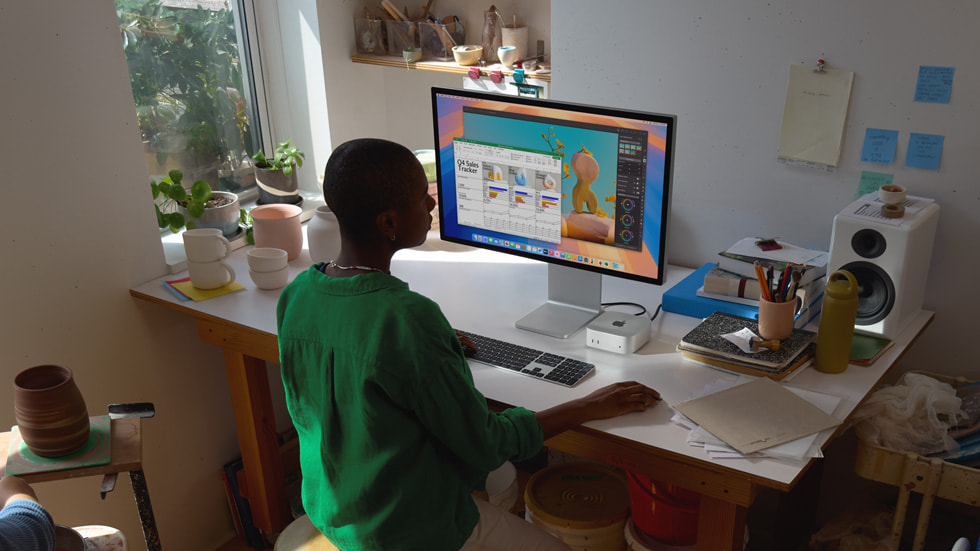
The Mac Mini has always been the quiet rebel of Apple’s hardware lineup. It doesn’t have the iconic silhouette of the iMac, the portability of a MacBook, or the brute-force power of a Mac Pro. But what it does have is staying power—and purpose. Since its debut in 2005, the Mac Mini has represented something rare in Apple’s world: modularity and freedom. You bring your own monitor, your own keyboard and mouse, and the Mini does the rest.
That simplicity is exactly why it has remained relevant. The Mac Mini has always stood for accessibility and adaptability. And now, with the introduction of the M4 model, Apple has made it more powerful—and more compelling—than ever.
A Major Redesign That Actually Matters
The M4-powered 2024 version introduces the first significant redesign in over a decade, shrinking the iconic desktop down to a 5-by-5-inch square that stands just two inches tall. That’s smaller than most desktop speakers and roughly the footprint of a large coaster. And yet, Apple has somehow stuffed more performance and functionality into this pint-sized shell than any Mac Mini before it.

The new design doesn’t just look minimal; it enables flexibility. Whether you want to slide it under a monitor, tuck it behind a TV, or throw it into a backpack, the new Mac Mini feels like a product that’s finally living up to its name. But this isn’t just about size—it’s about utility. For the first time, Apple has added front-facing USB-C ports and a headphone jack, solving a long-standing annoyance. Meanwhile, the back still hosts HDMI, Ethernet, and Thunderbolt 4 (or 5, on the M4 Pro), so you’re not losing out on I/O.
Sure, the relocated power button underneath the device is questionable at best, but considering the machine is silent, rarely needs to be rebooted, and is feather-light, most users probably won’t care.

Performance That’s No Joke
The big story here isn’t just the design—it’s what’s under the hood. The base Mac Mini now ships with Apple’s M4 chip, featuring a 10-core CPU, 10-core GPU, and a 16-core Neural Engine delivering up to 38 trillion operations per second. Paired with 16GB of unified memory (finally, no more 8GB base models), it’s not just fast—it’s Mac Studio fast, at least in single-core tasks.
In benchmarks, the M4 model posts Geekbench 6 single-core scores north of 3,800, beating the M2 Ultra in raw single-threaded speed. That’s a wild thing to say about a machine that starts at $599. For comparison, the entry-level iMac with the same chip costs more than twice as much.
And if you need even more juice, the M4 Pro model is available with up to a 14-core CPU and 20-core GPU. It also brings Thunderbolt 5, 64GB memory support, and better performance across GPU-heavy workloads like 3D rendering or advanced video editing. For many pro users who previously defaulted to the Mac Studio, this new Mac Mini might now be the smarter, more affordable choice.

Gaming and AI
Apple hasn’t been known for gaming, but with the M4 chip’s hardware-accelerated ray tracing and Metal 3 support, that might be starting to change. Titles like Resident Evil 4 run at a smooth 60fps at 1080p on the base model—an unthinkable feat on a Mac just a few years ago. It’s not a PlayStation killer, but it’s a meaningful step toward serious Mac gaming.
Meanwhile, the Mac Mini is built to handle Apple Intelligence, the new suite of AI tools set to roll out in macOS Sequoia. Thanks to the M4’s Neural Engine, AI features like image cleanup, voice transcription, and on-device generation should run smoothly and securely, without relying on the cloud. And with 16GB of memory standard, multitasking and future AI integrations are much more viable than ever before.
Value That’s Hard to Beat
At $599, the Mac Mini M4 (check out our full review) feels like a statement. It’s not just Apple’s cheapest desktop—it’s probably the most cost-effective entry point into the entire Apple ecosystem. You’re getting the same chip as devices that cost more than double, in a form factor that’s more versatile and future-ready.
Sure, Apple’s upgrade pricing is still painful—adding more RAM or SSD storage quickly drives the price up. But here’s the thing: you can get an external SSD for $100 and call it a day. That’s the hidden strength of the Mac Mini: it’s modular in all the ways you need it to be, without locking you into a screen, keyboard, or mouse.
For more daily updates, please visit our News Section.
Stay ahead in tech! Join our Telegram community and sign up for our daily newsletter of top stories! 
The post What makes Mac Mini special? appeared first on Gizmochina.